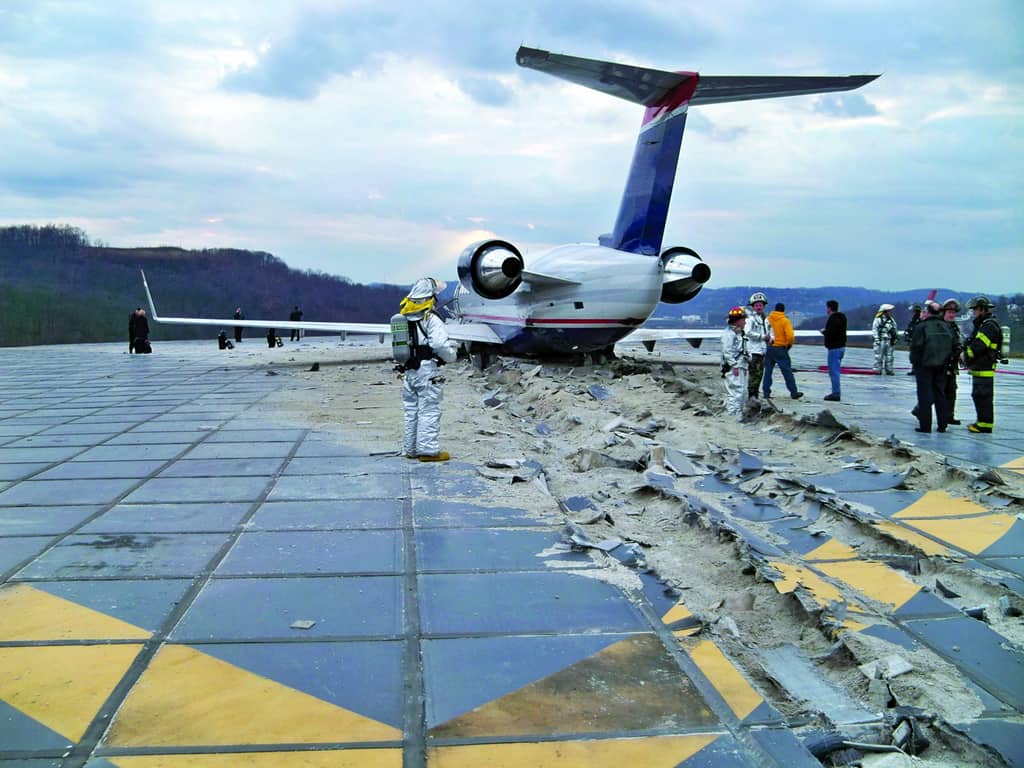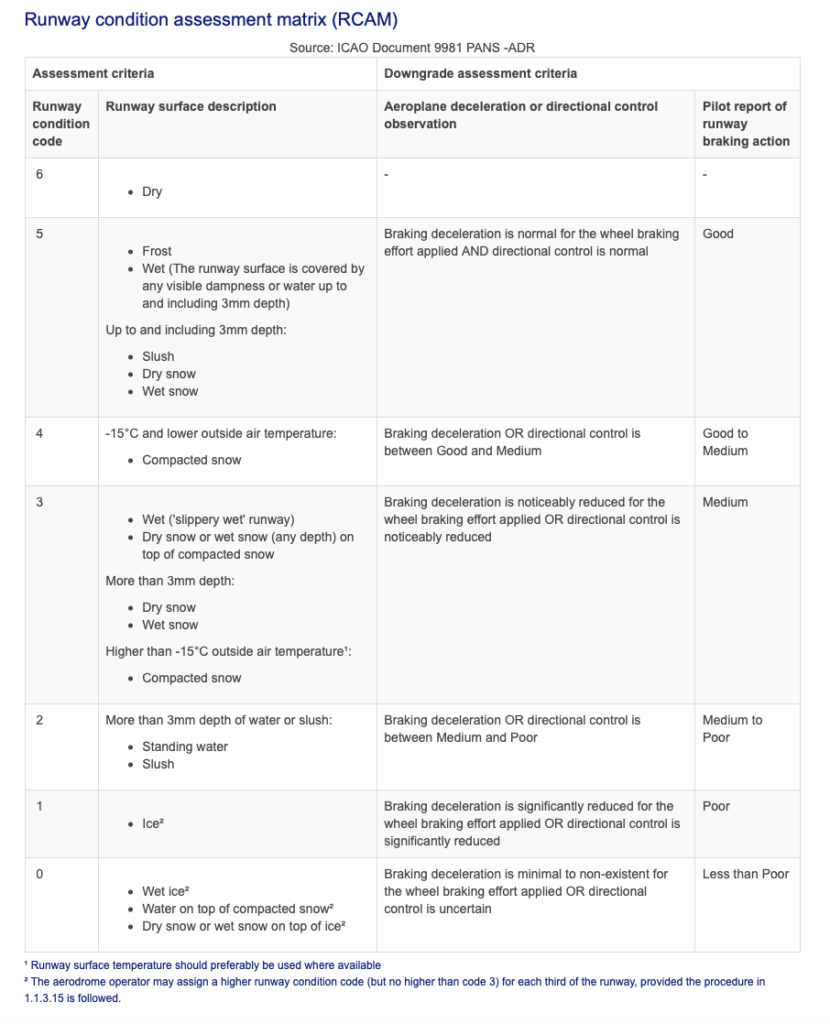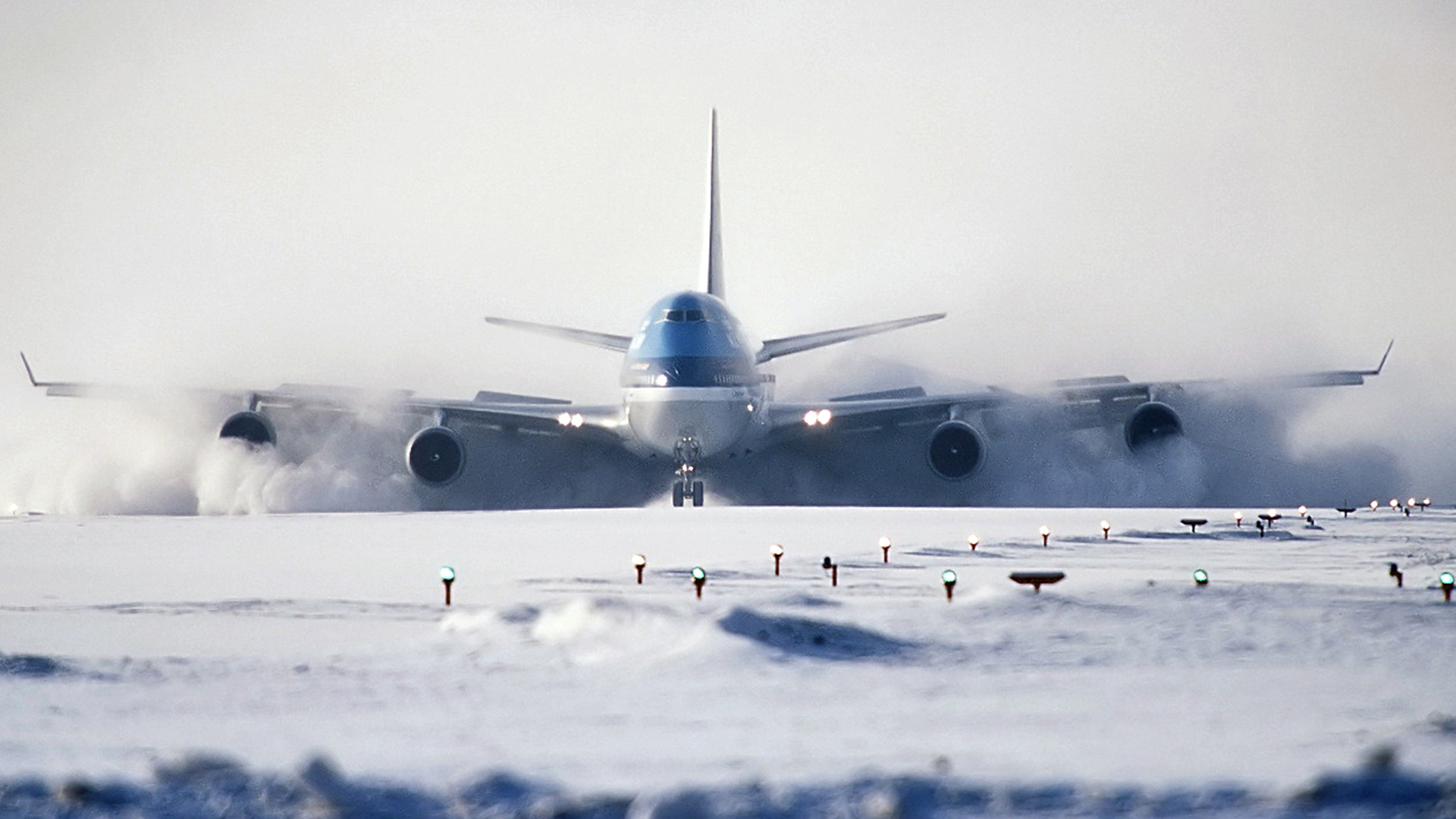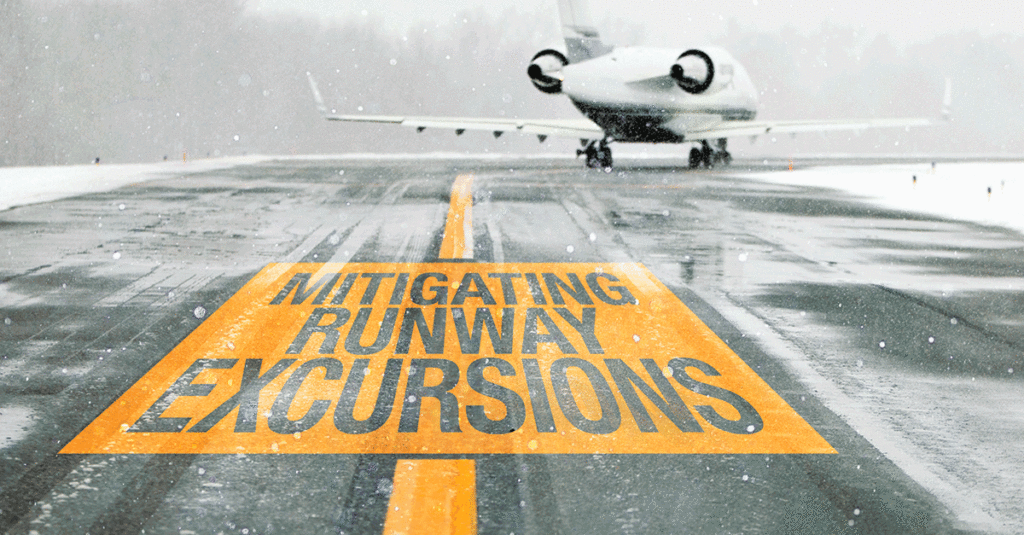ICAO’s new Global Reporting Format methodology comes in on November 4, 2021, but a few authorities have decided to implement it sooner than that.
So here is a quick rundown on what GRF is, and what the requirements are for implementing it.
Runway Excursions
We have talked about these before. So have ICAO. They are a big deal, but they shouldn’t be. Or rather, they shouldn’t still be happening.
Despite numerous incidents, accidents, reports, mitigation plans, you name it, runway excursions are still one of the most common (and often most dangerous) aviation events that are occurring.
A runway excursion is any lateral of longitudinal overrun (not due to any system or component failure of malfunction, or because of an abnormal runway contact).
The primary causes for runways excursions are pretty much an unstable approach was flown, or proper performance calculations weren’t done. Or a combination of both.

The arrestor system doing its job nicely here
A study of commercial aircraft accidents between 1999 and 2019 showed that 16% of all fatal accidents and 36% of all hull loss accidents were due to runway excursions.
So, if we can stop them from happening, a lot of aircraft and people will be saved.
What is GRF?
GRF stands for ‘Global Reporting Format’ and it is a new methodology which ICAO are implementing which aims to standardise how runway surface conditions assessments and reporting is done.
The issue in the past is that some places still give braking coefficients (not really handy because it means different things for different aircraft). Some places were not really assessing surface contamination properly, and some pilots were not really understanding the implications of what they were being told.
RCAM
So GRF will use RCAM – a runway condition assessment matrix – and this will give pilots a runway condition code.
1-6. Nice and easy.
The code is determined by an assessment of what it is contaminating the runway. Snow, ice, water, spilt tomato soup… and then a downgrade assessment criteria is applied. This looks at how the contaminant will impact the deceleration and the directional control of aeroplanes.
It is simplified. No more coefficients and frictions. Just simple “yep, that’s slippery and slide-y” assessments. Pilots will also give braking action reports, rating the action they experience from “Good” down to “Less than Poor”.
This matrix ties in with the new Snowtam reporting format which you can read about here.

ICAO 9981 PANS-ADR contains the RCAM info
Who does it impact?
It impacts a lot of people because it is not just a case of “here is a new format, go”.
Airport authorities will be required to train their staff to ensure they are aware of how to carry out the assessments and to ensure reporting is standardised.
Operators will need to ensure their staff (flight planners and pilots) are aware of the new format, and more importantly – that they are aware of why and how to use it!
Pilots will also need to familiarise themselves with it, and ensure they have a decent grip on what the assessments mean, how to apply them to their performance calculations, and also how they too can assist in the reporting.
What’s the official source?
ICAO Annex 14. Or rather amendment 13-B to Annex 14.
Here is the main ICAO page for all things GRF.
The U.K. CAA GRF page has a nice summary of all the official references too.
November 4, 2021
This is the date to know because this is the implementation date. However, familiarising yourself with all the info on it before then might be a good idea because several authorities have already implemented this.
NAV CANADA and EASA have both brought it in on August 12, 2021
EASA have a bunch of handy info on it from how it was developed to Q&As.
And here is NAV CANADA’s page on it.
The FAA have their own project – TALPA – which has pretty much already implemented exactly this so you might not notice much of a change.
Bottom line
- Pilots should familiarise themselves with the new format and understand what it means and how to use it.
- Operators should ensure all their staff are trained on it (and throw in some additional unstable approach, excursion mitigation and performance calculation training and awareness too if you fancy).
- Airports and authorities should be ensuring they are implementing the new format, and training their staff on its use and importance.
Hopefully this helps reduce the number of runway excursions due contamination and performance issues. Of course, for this to work we need to make sure we are also flying a stabilised approach, and flying one to the runway we did the performance calculation for…
More on the topic:
- More: US FAA: Who wants to land on the runway?
- More: Contaminated Jet Fuel In Nigeria
- More: 13 things we learned this Winter
- More: Bad Air: Fumes and Contamination
- More: The Seven Deadly Things
More reading:
- Latest: Mexico Customs Surprises: Pills, Vapes, and Laptop Rules
- Latest: Greenland NAT Alternates: Dec 2025 Update
- Latest: Crossing the Quiet South: From Australia to Argentina
- Safe Airspace: Risk Database
- Weekly Ops Bulletin: Subscribe
- Membership plans: Why join OPSGROUP?













 Get the famous weekly
Get the famous weekly 






Please see NBAA’s TALPA Video series: https://nbaa.org/aircraft-operations/safety/in-flight-safety/runway-safety/takeoff-landing-performance-assessment-talpa/
RCAM has been in use by Airbus since a long time (2012 I think).
We use it all the time for A320 performance calculations.
So what’s new?
ICAO is hoping to have this implemented worldwide by November 4th. The implementation is not just the new format itself, but also training and standardisation within authorities, airports etc.
So it night be you do not see anything new – if operating across Europe, the US etc where it is already widely implemented. The hope it is will also be utilised in other countries as well.
The new Snowtam format is marginally different, and different phraseology might be encountered (Canada for example will see minor changes since August this year).